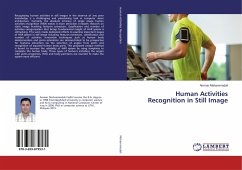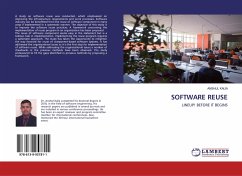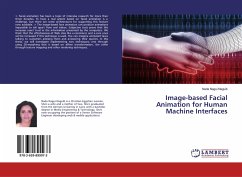Recognizing human activities in still images in the absence of any prior knowledge is a challenging and painstaking task in computer vision architecture. Certainly, the absolute intricacy of single image human activities recognition (HAR) makes it more attractive. In-depth research on static image involving features extraction, classification and number of activities categorization that brings fundamental insight of HAR system is still lacking. This work made dedicated efforts to examine important stages of HAR system in still image including features extraction, classification and number of activities. Innovative techniques such as human body skeletonization and joints estimation are demonstrated to be prospective for features extraction via the extortion of angles from joints and recognition of exposed human body parts. This proposed unique method is found to increase the reliability of HAR system by using templates to complete the human body. Three types of features including the angles with joints properties, HOG and body partitions are inserted to make the system more efficient.
Bitte wählen Sie Ihr Anliegen aus.
Rechnungen
Retourenschein anfordern
Bestellstatus
Storno








